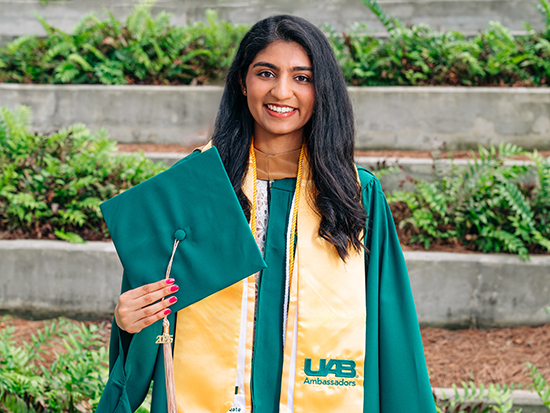“The WHA is the top organization for those who teach and research world history,” Van Sant says. “It’s a big deal for two professors from the same department to apply separately and both be accepted to present their work.”
 This summer, UAB history professors Raymond Mohl and John Van Sant were selected to present their research at the 20th annual World History Association Conference in Beijing. Mohl also took a post-conference tour to Wu Zhen (above), an ancient river and canal town near Shanghai that is now a major historic preservation and tourist site.
This summer, UAB history professors Raymond Mohl and John Van Sant were selected to present their research at the 20th annual World History Association Conference in Beijing. Mohl also took a post-conference tour to Wu Zhen (above), an ancient river and canal town near Shanghai that is now a major historic preservation and tourist site.Van Sant is an expert on East Asian history, specifically Japan. At this summer’s conference, he spoke to a group of American, Japanese, and Chinese scholars on the topic of “Japan in the Wake of the Opium War.” Van Sant discussed how Japan, caught up in internal disputes, was not militarily prepared when Western nations advanced into the country following incursions into China in the mid-19th century.
Mohl, a specialist in 20th century American history, presented a paper on “Globalization, Latinization and the ‘Immigration Wars’ in the Recent American South.” His panel presentation focused on how the South is changing with the steady surge of Latino immigrants. Afterward, conversations spilled out into the hallways and at the dinner tables, he says.
 Mohl and wife Sai Sai Dong, of the UAB Department of Nephrology (left), pose with Chinese friends on the Huangpu River, with the new Shanghai in the background.International Exchange
Mohl and wife Sai Sai Dong, of the UAB Department of Nephrology (left), pose with Chinese friends on the Huangpu River, with the new Shanghai in the background.International Exchange
The conference took place at Capital Normal University, an urban campus reminiscent of UAB, the professors say. Between presentations, historians from around the globe exchanged cards and chatted about wars and coups and all things history.UAB’s Department of History and the College of Arts and Sciences provided support for Van Sant and Mohl’s trip. “We are pleased to support our faculty,” says Thomas DiLorenzo, Ph.D., dean of the College of Arts and Sciences. “An investment in a professor is an investment in their students and the campus as a whole. The effects are far-reaching.”
Mohl says he was pleased to see that UAB’s reputation had preceded them. “People were aware of UAB and its research reputation, especially in the medical arena.”
 Van Sant stands on the Great Wall at Mutianyu, 40 miles northeast of Beijing.Modern Perspective
Van Sant stands on the Great Wall at Mutianyu, 40 miles northeast of Beijing.Modern Perspective
Both professors say that the opportunity to visit China, a key player in world history throughout the millennia, added another dimension to attending the conference.Mohl had been to China years before, but he found the trip this time far different. Beijing’s new, expanded landscape was dotted with high-rise buildings as far as the eye can see. Everything in the city is “monster-scale,” says the urban history expert, referring both to the huge buildings and city blocks that stretch for a quarter-mile.
Van Sant, who has traveled to Japan many times, was making his first trip to China. He was impressed with the constant flow of cars—“there were traffic jams all over the place”—and by the interest the Chinese people seemed to take in their own history. Local historical sites were packed with Chinese visitors, he says.
Now that the men are back at UAB and teaching in their own classrooms, they say that their experiences will benefit their students. Standing in the shadows of history and being able to give a firsthand description of sites such as the Great Wall of China, the Forbidden City, and Tiananmen Square make lessons come alive, Mohl says. “It is nice to read about it,” he notes. “But there is nothing like being there.”
By Marie Sutton


